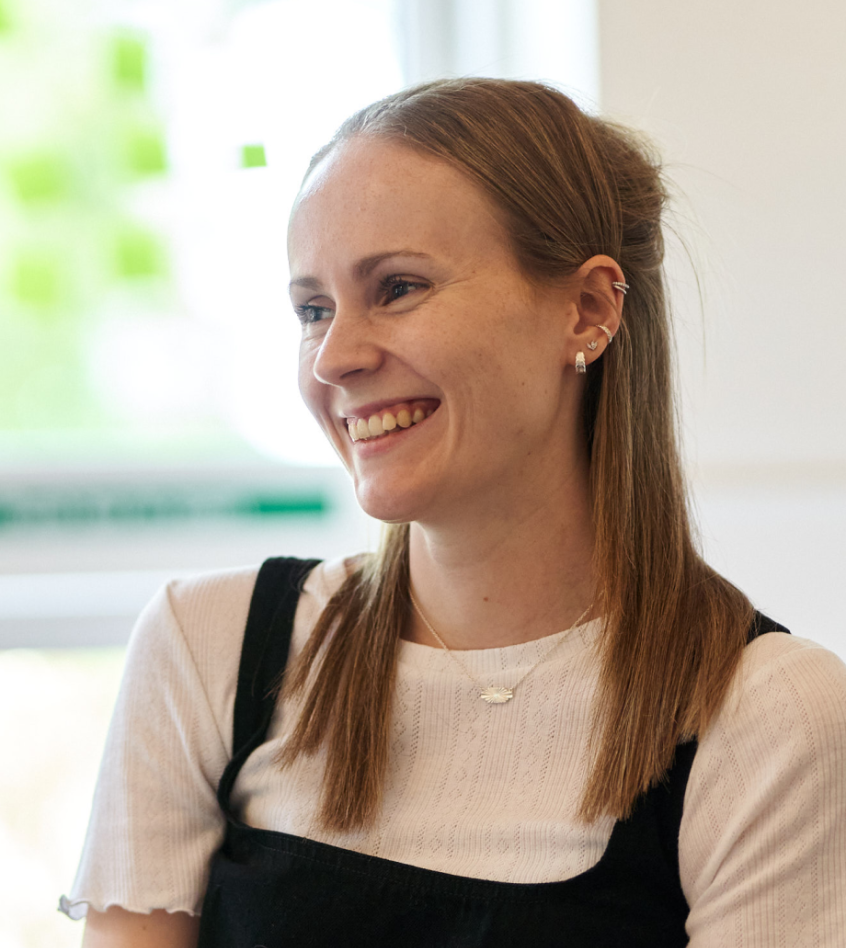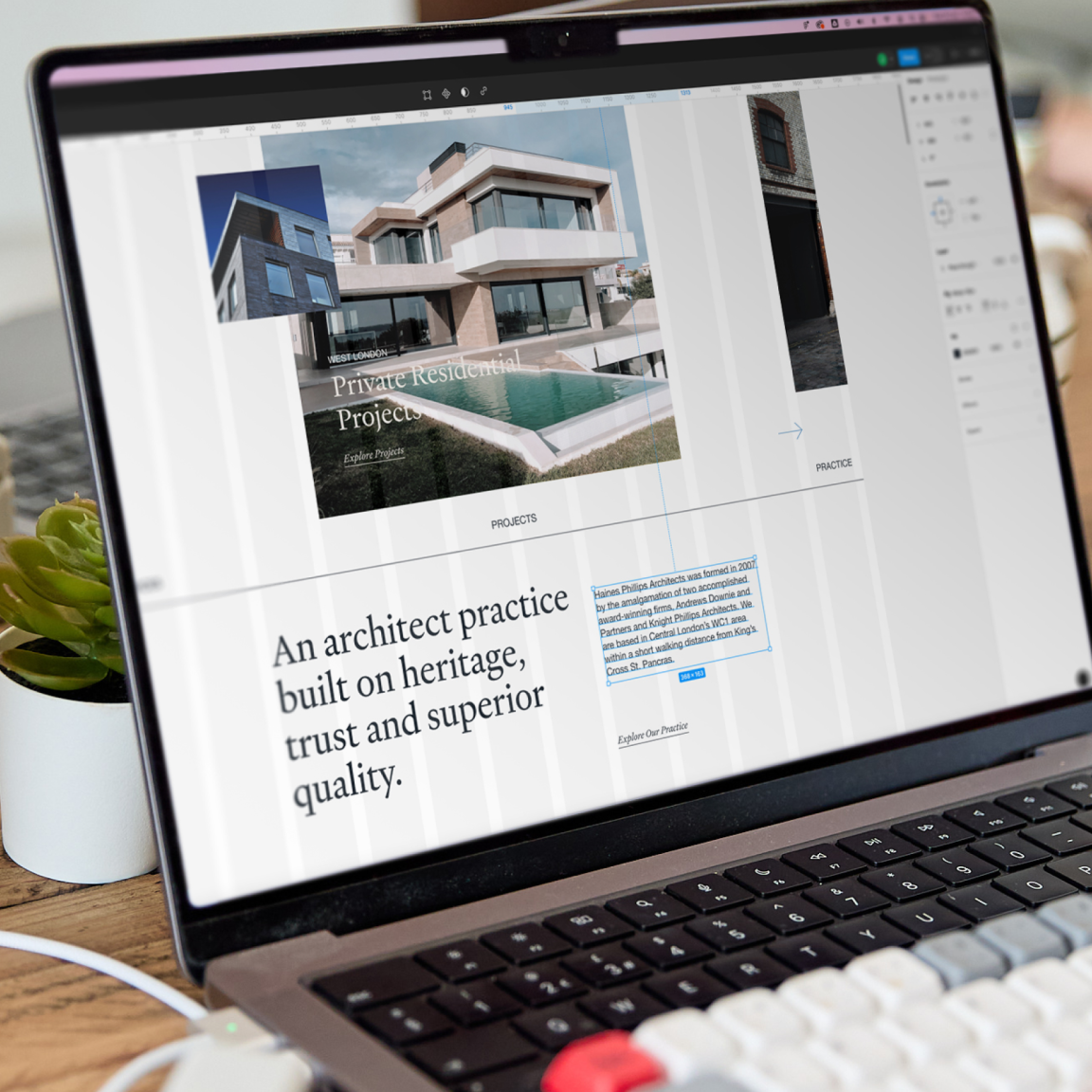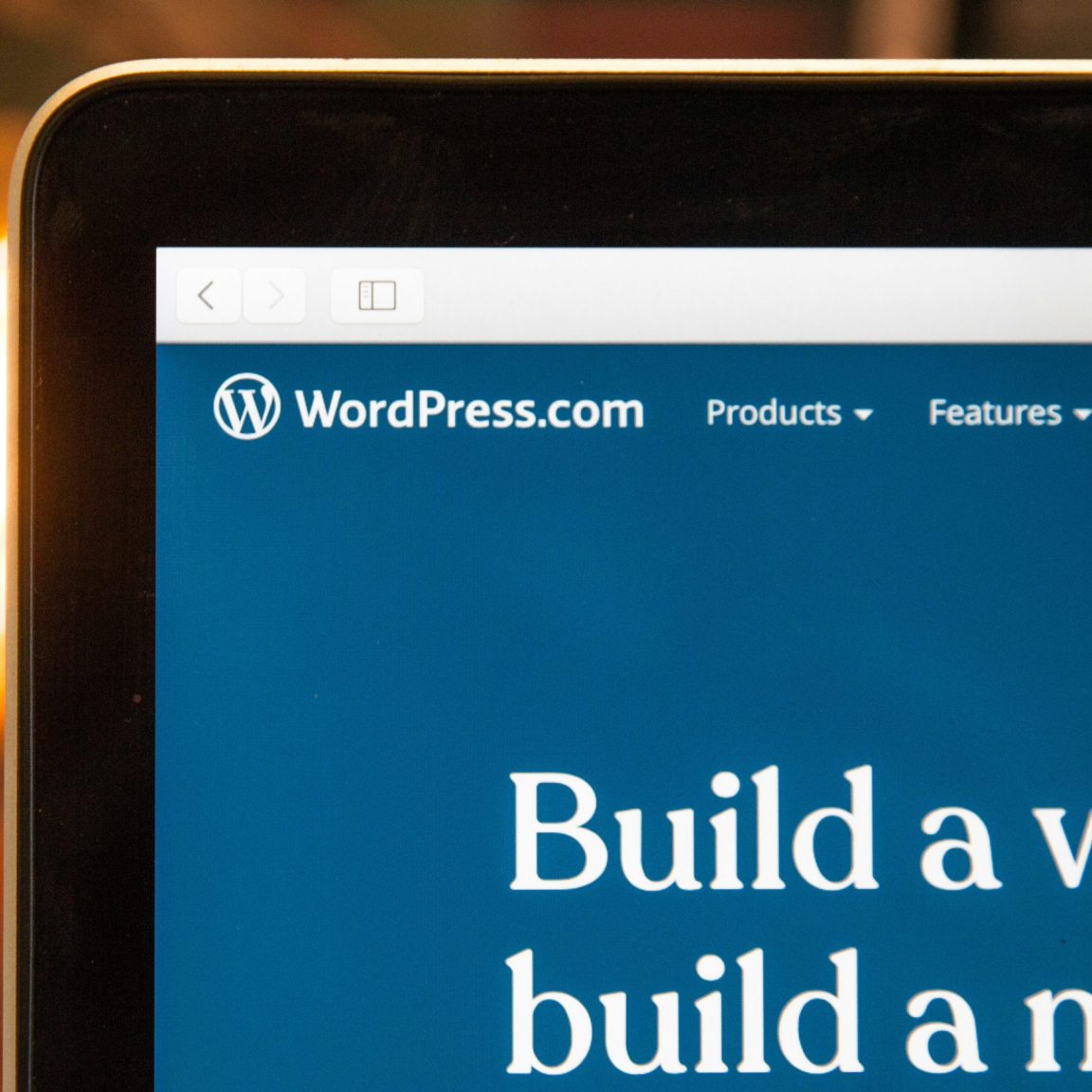How to plan for populating your new website with content

When populating a new website, especially one that could possibly inherit a large volume of content from the old site, clients often ask us the same question: Where do we even start?
Let’s set the scene. You’ve got an existing site, filled with blog posts, service pages, images, maybe some video content. But you’re building something new—something more modern and aligned with your current goals. What should your first move be, when it comes to preparing for content population?
Read on as we take you through some super important considerations…
1. Start by assessing your content
One of the first things we always advise is to take a hard look at the content you already have. Often, websites accumulate years of material that’s no longer relevant, from outdated blog posts to redundant service descriptions. Be ruthless in your content audit—strip back what doesn’t serve your current business goals.
“If you’ve got blogs that have been on your site for five years, they’re likely irrelevant unless they’re still performing well. You want your new site to be slick, compelling, and easy to navigate.”
-Jen

Old content can make a new website feel cluttered and overwhelming. Keep what still resonates, but aim to make your content sharper, more concise, and more engaging.
2. High-Quality Imagery Matters
Once you’ve started refining your content, it’s time to think about the visuals. No matter how sleek and modern your new website is, using outdated or low-quality images can make the whole project fall flat.
“We can build you the most beautiful website in the world, but if you’re using old, dated photos, it’ll undermine the overall look and feel.“
– Sarah

Think about updating your photography and video assets to match the fresh look of your new site. Invest in custom imagery rather than relying solely on stock photos. Not only does this elevate your brand, but it also makes your site feel more authentic.
3. Plan Your Content Early
Planning content often causes delays in launching websites. Clients sometimes wait until the site is nearly built before starting to think about copy and images, which leads to unnecessary holdups.
“One of the biggest delays in launching a site is waiting for content. It’s something that takes longer than you think, so the earlier you start, the better.”
-Jen

By considering your new content early in the process, you avoid scrambling at the end. Whether you’re refining existing copy or creating new messaging, this is your chance to align every word with your brand’s tone and story.
4. Optimize for SEO from the Start
SEO isn’t just about keywords—though those are important—it’s about optimizing your entire content structure to be easily readable, scannable, and engaging. Websites shouldn’t be stuffed with long, rambling blocks of text. Instead, break your content into digestible chunks, use headers effectively, and make sure that your site structure reflects user intent.
“A big question we often get is how to optimize content for SEO. We always recommend looping in SEO from the start to make sure every piece of content is performing at its best.”
-Sarah

5. Don’t Forget the Details
While long-form content and imagery get the most attention, it’s often the small details that pull the site together. Things like calls-to-action (CTAs), image alt text, and 404 pages can be easily overlooked, but they’re vital to a polished user experience.
For example, your CTA buttons should be clear and consistent throughout your site, guiding users through their journey. Alt text for images is essential not only for accessibility but also for SEO. And don’t forget about the dreaded 404 page—it’s an opportunity to inject some personality into your brand while helping users get back on track.
As Jen says: “Writing for the web is very different from other formats. People’s attention spans are shorter, and they want to find what they need quickly. Stick to the point, cut the fluff, and make it easy for users to find the information they’re looking for.”
6. Plan for Ongoing Updates
Your website is never finished; it’s an ongoing project. You’ll want to continue updating your blog, tweaking your service pages and refreshing images ad infinitum. While the bulk of the work happens before launch, don’t worry if everything isn’t perfect right away—there’s always room for improvement.
Final Tips for a Smooth Launch
- Start your content planning early. Don’t wait until the design is done to think about what you want to say.
- Use your blog. Even if it feels like extra work, regularly updating your blog can have huge SEO benefits.
- Stay focused. Strip back unnecessary content and make sure each page has a clear purpose.
- Test your user journey. Always keep the user in mind when designing your site layout and structure.
Building and populating a new website is an opportunity to showcase your brand in its best light. By refining your content, using high-quality imagery, and ensuring a seamless user experience, you’re setting up for digital success, more enquiries and more conversions.
Ready to get started?
"*" indicates required fields
Read this next
Read this next


